
Greenhouse Farming Fertilizer Types
April 21, 2025, 1:59 pm
Providing the proper combination of pH and fertility requirements for specific greenhouse crops can be a challenge for growers. This article will look at the important factors to consider in choosing the right fertilizer for your greenhouse crops.
Considerations for Fertilizing Greenhouse Crops
Greenhouse Farming Fertilizer Type
Important greenhouse fertilizer considerations are ratio of ammonium to nitrate-N, trace element charge, content of calcium and magnesium, and potential acidity or basicity.
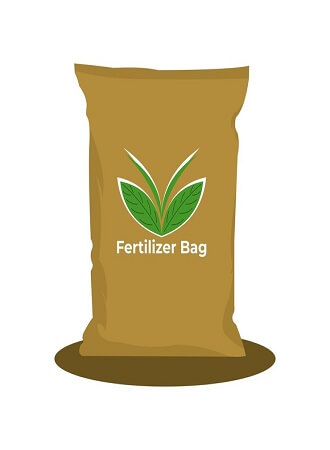
Ideally no more than 50% of the total nitrogen supplied to plants grown in soilless media should be in the ammonium form. Ammonium toxicity can occur in soilless media due to high levels of ammonium or urea fertilizer. The toxicity occurs on some plants when the soil is cool and waterlogged, when the ammonium is converted to ammonia.
Types of Greenhouse Fertilizers
Peat-Lite Specials (15-16-17, 20-10-20)
These fertilizers are among the most popular for routine fertilization of greenhouse crops. Both are high (>50%) nitrate fertilizers. However, these fertilizers also have elevated trace element levels which may raise Iron (Fe) and Manganese (Mn) to toxic levels at low pH. Both are acid-forming fertilizers, but 20-10-20 has the higher potential acidity.

15-15-15 Geranium Special
"Triple 15" is a good alternative to the Peat-Lite Specials for crops sensitive to trace element toxicities. Trace element levels supplied by this fertilizer are lower than the Peat-lite Specials. Otherwise, at the same rate of Nitrogen (N), plant response will be very similar to 15-16-17. This is an acid-forming fertilizer also; the potential acidity is slightly higher than 15-16-17.
20-20-20 General Purpose
Growers who use this fertilizer on soilless media risk ammonium toxicity because the N in this fertilizer is 75% ammonium and urea. Some growers who use media containing soil do not appear have problems. If 20-20-20 is used, the growing medium should be tested frequently for ammonium especially during cool growing conditions. 20-20-20 supplies trace elements and has the highest potential acidity of fertilizers commonly used in greenhouses.
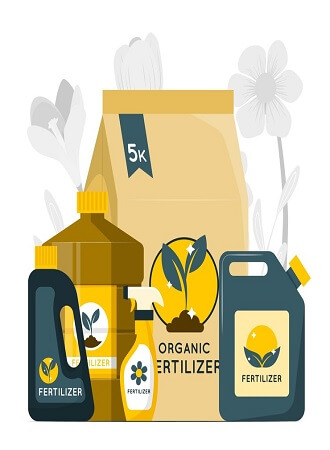
Low Phosphorus Fertilizers (20-0-20, 20-1-20, 15-0-15)
These fertilizers can be tried as an alternative to chemical growth regulators for bedding plants. This technique of growth control is sometimes called "phosphorus starvation". It is generally believed that more Phosphorus (P) than necessary is being applied to greenhouse crops. Fertilizer formulations with phosphorus levels of 5% or less are recommended. Too much P may cause plants to stretch and P is a pollutant.

Unfortunately, in terms of height control, low P fertilizers will be of no benefit if they are applied to a growth medium containing superphosphate. On the other hand, there is a risk of P deficiency if the fertilizers are used continuously with low P growth media. More practical research is needed to learn how to use these fertilizers effectively. The low P fertilizers are quite different in many ways. 15-0-15 and 20-0-20 supply Ca. 15-0-15 is a basic fertilizer containing about 95% nitrate and 20-0-20 is a neutral fertilizer and is 50% nitrate. 20-1-20 is an acidic fertilizer and it does not supply Ca, but it is about 70% nitrate.
Calcium Nitrate and Potassium Nitrate
Use of this fertilizer combination greatly reduces the chance of trace element toxicities. Some growers alternate its use with the Peat-Lite Specials on a 2 to 3 week basis to supply Ca and to counter the acidic effect of the Peat-lites. However, both superphosphate and a trace element fertilizer must be incorporated in the growing medium if this combination is to be used as the sole fertilizer.
Controlled Release Fertilizers
Controlled-release fertilizers (CRF) are fertilizers that have an outer shell like an M&M candy that are released by temperature, and the presence of moisture. The coating protects the nutrients in the “prill” from releasing all at once. As water vapor enters the covered prill, pressure builds up on the inside and the ingredients in the prill will escape through pores in the coating.
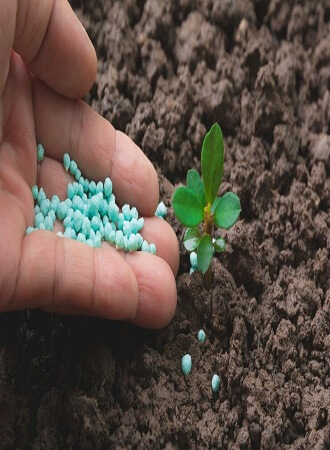
The release of nutrients varies depending on the technology used to formulate the coating. The basic principle with most CRF products involves taking a soluble form of fertilizer and coating it so it is "controlled release." The technology of the coating and how that coating affects the release is what makes each CRF product somewhat different.
Organic Fertilizers
In addition to chemical fertilizers, some growers especially greenhouse vegetable growers are interested in using organic fertilizers. Organic fertilizers can be incorporated in the growing mix prior to planting to provide nutrients, used post-plant (fish emulsion) or a combination of the two.

Incorporating bulk fertilizers like dried blood, bone meal, and rock phosphate in the medium before planting limits the control of nutrition as the plants grow, unlike water-soluble fertilizers. The growing media also plays an important role in organic nutrient management.
Post-plant Organic Fertilization
Liquid fish fertilizer can be used alone or as a supplement to pre-plant organic fertilizers. Liquid fish fertilizer has a very low NPK analysis (2-4-1), a rather thick consistency, and some users object to its odor. However, it has the advantage of being compatible with most equipment and systems growers already use to apply water-soluble fertilizer. It can be successfully used to fertilize plants including greenhouse tomatoes irrigated using drip irrigation. Since between 15% and 25% of the N in fish fertilizer is water-insoluble it may be necessary to increase the level rate of application.
Potential Acidity and Basicity of Greenhouse Fertilizers
Fertilizers may raise or lower the pH of the growth medium. Fertilizers are rated as to their potential acidity or potential basicity. This value is determined largely by the amount and sources of nitrogen in a formula. Fertilizers that contain more urea and ammonical nitrogen are acidic in reaction, while those that contain primarily nitrate nitrogen are basic. The numbers used to express these potentials refer to the pounds of limestone (calcium carbonate) that it takes to either neutralize (potential acidity) or be equivalent in reaction to (potential basicity) on ton of that fertilizer.
For example, 15-16-17 has a potential acidity of 98kg. of calcium carbonate per ton of fertilizer. This means it would take 98kg of calcitic limestone to neutralize the acidic effect caused by the application of one ton of 15-16-17. On the other hand, 15-0-15 has a potential basicity of 190kg of calcium carbonate per ton of fertilizer. A ton of 15-0-15 would raise the pH of the growth medium as much as 190kg. of calcitic limestone.
In each case, the larger the number the greater the potential effect the fertilizer on pH. Information on potential acidity or basicity of a fertilizer can be found on the fertilizer bag of most brands. In theory, by alternating fertilizers, the medium pH should be able to be stabilized. In reality, the pH of the medium is a dynamic system and is influenced by many other factors such as irrigation water, alkalinity, fungicide drenches and root exudates.
Greenhouse Fertilizer Rate
Traditionally fertilizer rate (ppm) has been the main focus of greenhouse fertilizer programs, but rate interacts with the other factors listed below to determine the success of a fertility program:
- Frequency of application: How many times water-soluble fertilizer is applied is often overlooked as a factor in developing a good fertilizer program. What does the term "constant liquid feed" (CLF) really mean - every watering, once a week, or twice a week? At a given ppm level, more frequent applications will lead to a higher fertility level simply because fertilizer is applied more often.

- Volume of fertilizer solution applied: As the volume of water-soluble fertilizer increases the quantity of nutrients delivered to the plant also increases. Doubling the volume applied also doubles the amount of each nutrient potentially available to the plant.
- Leaching fraction: Leaching fraction is the proportion of fertilizer solution or irrigation water applied that is lost from the plant container by leaching. The lower the leaching fraction, the greater the quantity of nutrients and salts retained in the growth medium. Leaching fraction is strongly affected by volume applied. Avoiding excess leaching is critical to reducing both fertilizer costs and ground water contamination. Lower fertilizer concentrations with less leaching (10-15%) can be just as effective as higher concentrations and heavy leaching.
- Plant growth rate and environmental conditions: In general, nutrient requirements of greenhouse crops are greatest during periods of rapid growth. Two major influences on growth rate are the inherent growth pattern followed by the plant and the environment in which it is grown. Too much fertilizer during slow growth periods may lead to excess soluble salts; failure to provide enough fertilizer during periods of rapid growth will lead to deficiency.

Getting the fertilizer type and application rate right makes greenhouse farming a very profitable and successful venture.
If you would like to start greenhouse farming in Nigeria and you need a greenhouse farming business plan or consultation service, then you should get our greenhouse farming business plan.
With our greenhouse farming business plan, you will learn:
- The different greenhouse sizes available and the materials required to build them
- The different fruits and vegetables you can grow in the greenhouse and their yields
- The cost of building and constructing a greenhouse based on the size you want
- Profit and loss estimates for the first three years of running one unit of greenhouse
- Vegetable and fruit market analysis in Nigeria
- Marketing and sales strategy for running a successful greenhouse in Nigeria
- Personnel required to operate your greenhouse, key milestones and so much more!
For a payment of $35 or N50,000 you can get our greenhouse farming business plan. To get our greenhouse farming business plan via bank transfer payment, please call/chat with us on +2348089864121 or send a mail to agsolutions@agricdemy.com
If you want to learn more about greenhouse farming, check out these articles in our Greenhouse Farming section and subscribe to watch our Greenhouse Farming video tutorials
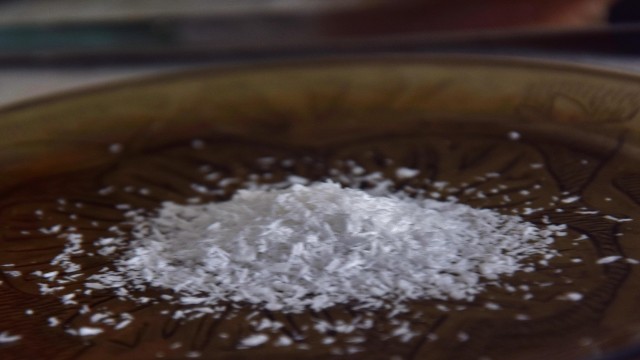
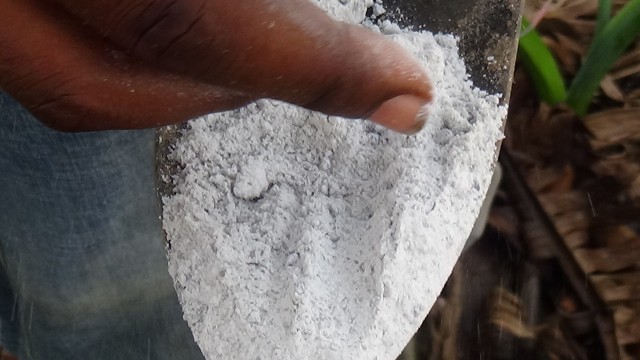

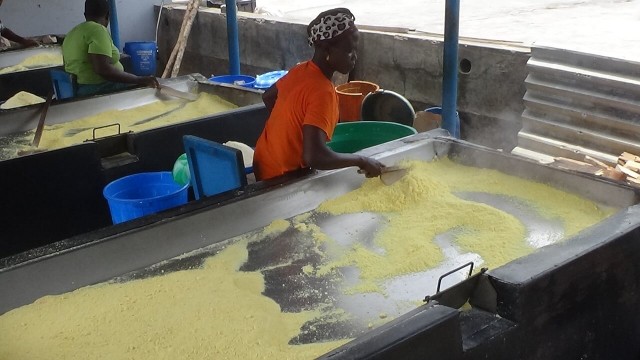
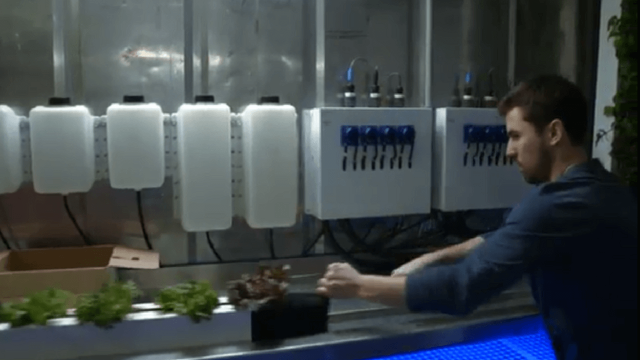


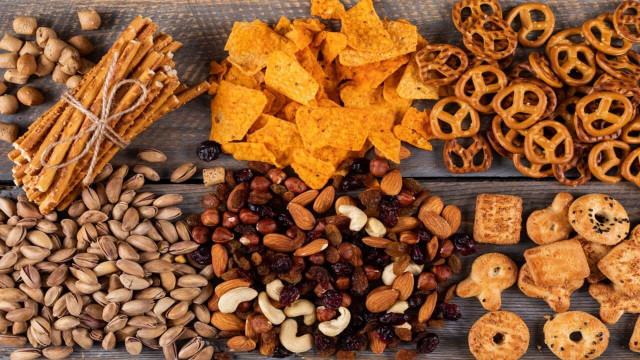


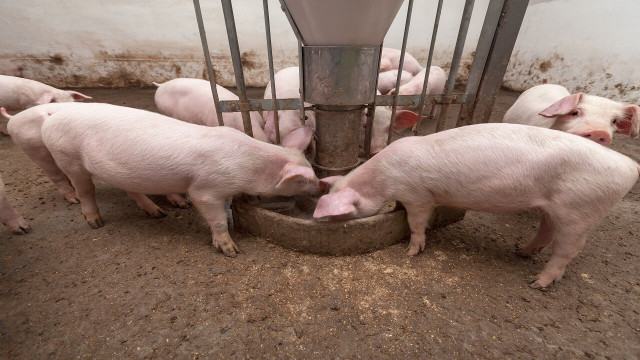
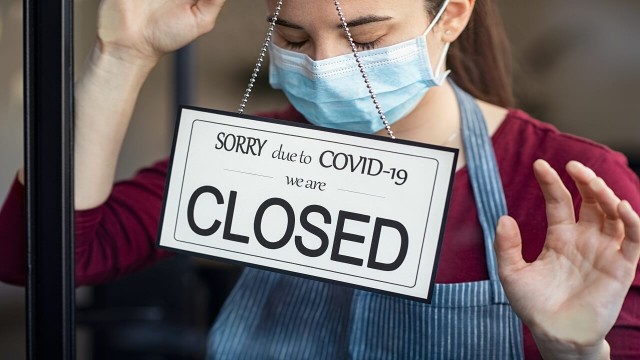
Share This Article: